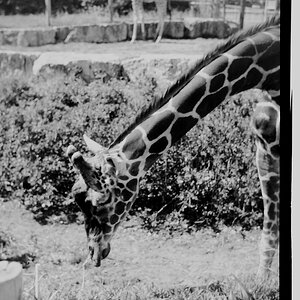Hi all,
I have been using full frame for pretty much most of my photography life. Just recently I switched to Sony a7x series for light weight and sensor advantage. However I was mostly limited to 28mm f2.
Looking at most of my shots, I need less DOF as I am mostly shooting groups. I mostly shoot at around f6-7..
Now I have been thinking about switching to apsc with a fast lens.. something like xt20 with 23mm f1.4 or 35mm f1.4. This will give me two advantages
1) I have few extra stops of light compared to (28mm f2) which means with my a7x and 28mm f2 combo, I am using iso12800.. then with the fuji and 23mm f1.4 I would be using iso 6400?
2) because of the sensor size, I would actually be using f4 rather than f6-7 on full frame to get my group shots thus again using lower iso and lower noise...
What do you guys think about this? Can a faster lens or lower aperture compensate for a full frame sensor in my case?
Thanks
I have been using full frame for pretty much most of my photography life. Just recently I switched to Sony a7x series for light weight and sensor advantage. However I was mostly limited to 28mm f2.
Looking at most of my shots, I need less DOF as I am mostly shooting groups. I mostly shoot at around f6-7..
Now I have been thinking about switching to apsc with a fast lens.. something like xt20 with 23mm f1.4 or 35mm f1.4. This will give me two advantages
1) I have few extra stops of light compared to (28mm f2) which means with my a7x and 28mm f2 combo, I am using iso12800.. then with the fuji and 23mm f1.4 I would be using iso 6400?
2) because of the sensor size, I would actually be using f4 rather than f6-7 on full frame to get my group shots thus again using lower iso and lower noise...
What do you guys think about this? Can a faster lens or lower aperture compensate for a full frame sensor in my case?
Thanks


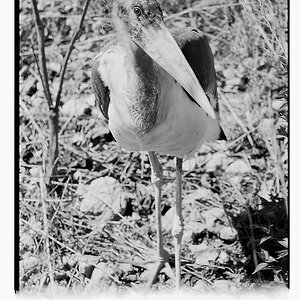
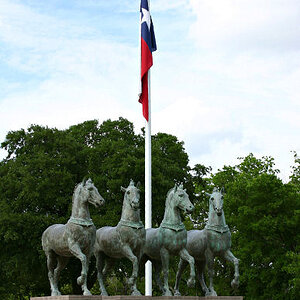
![[No title]](/data/xfmg/thumbnail/42/42020-6dbbc2fb244014aa89adfe2ccf067af7.jpg?1619739979)
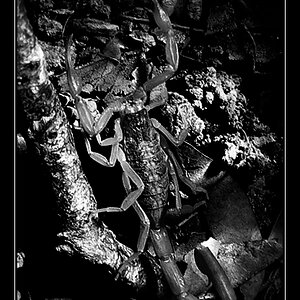

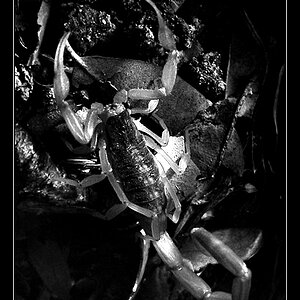
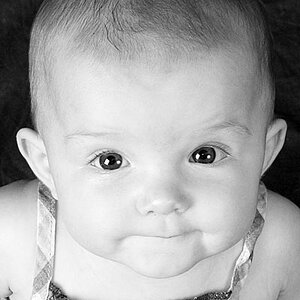
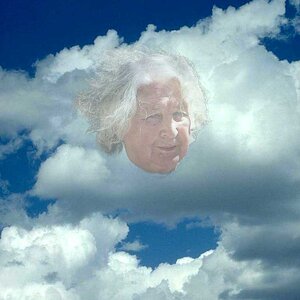

![[No title]](/data/xfmg/thumbnail/30/30886-4d4f2b370f36c175a23901cc8689aea4.jpg?1619734498)
![[No title]](/data/xfmg/thumbnail/42/42021-ffc326f5dc5b4c65ce53935e6e9e4338.jpg?1619739980)
